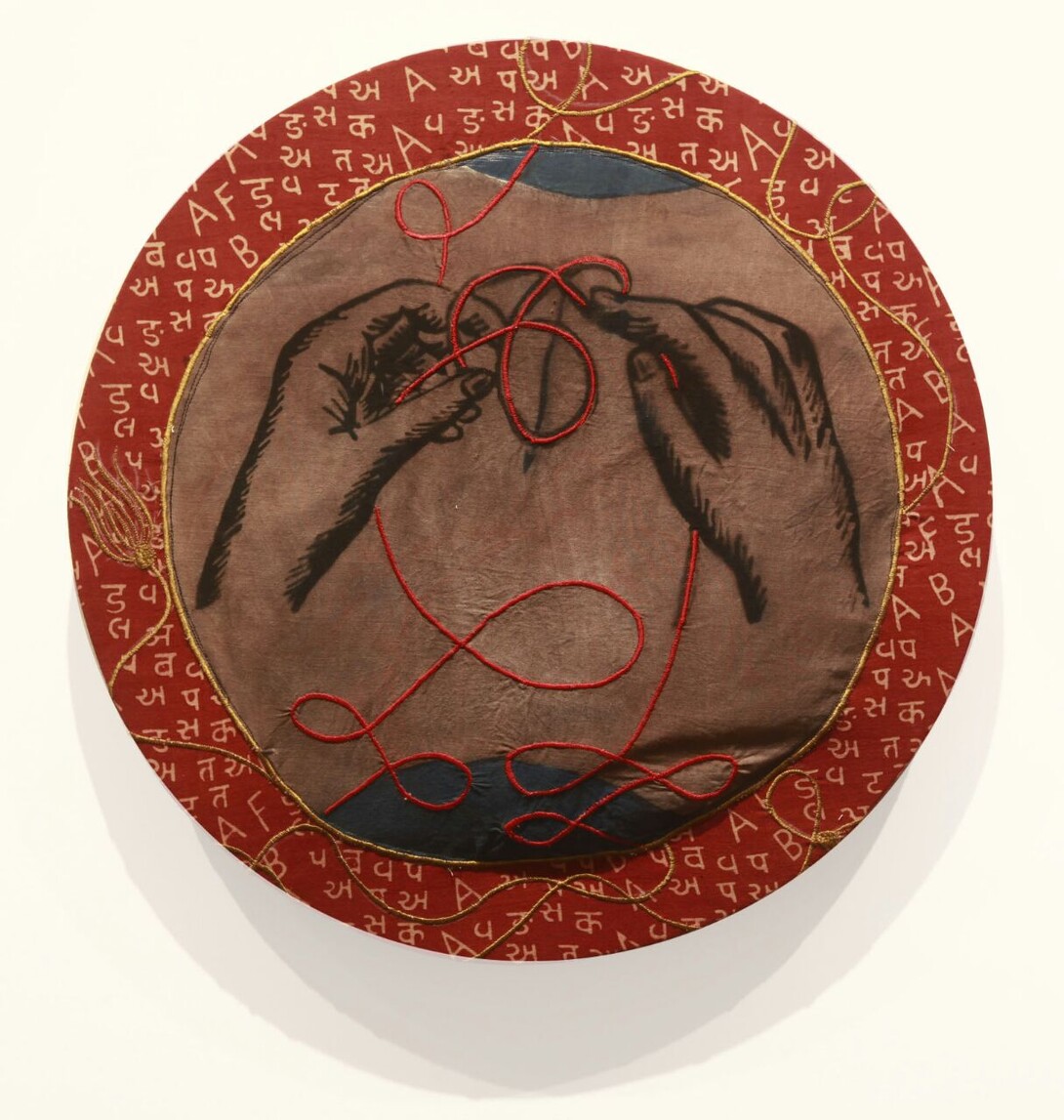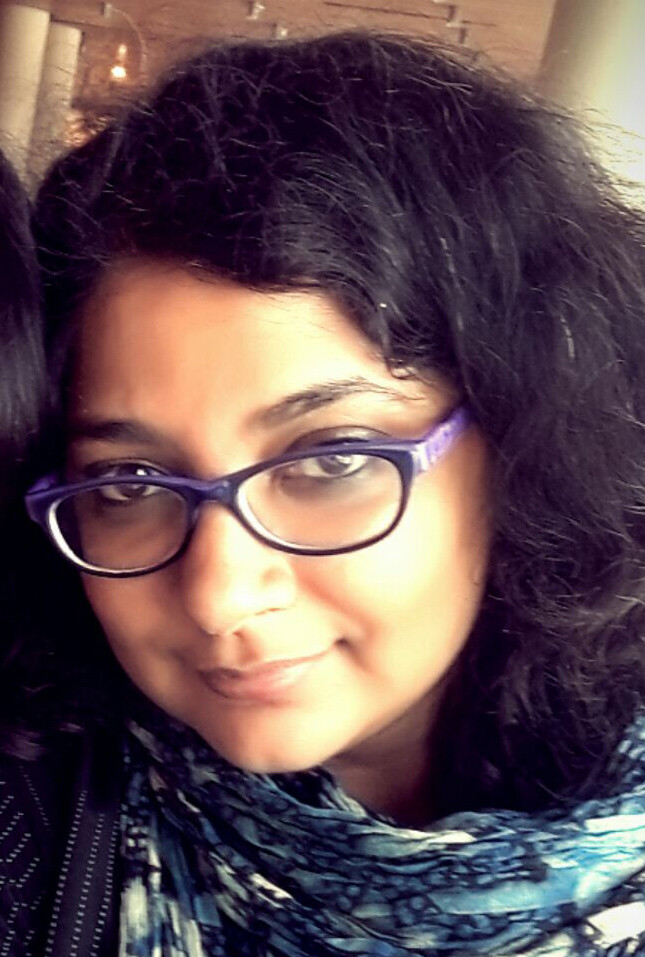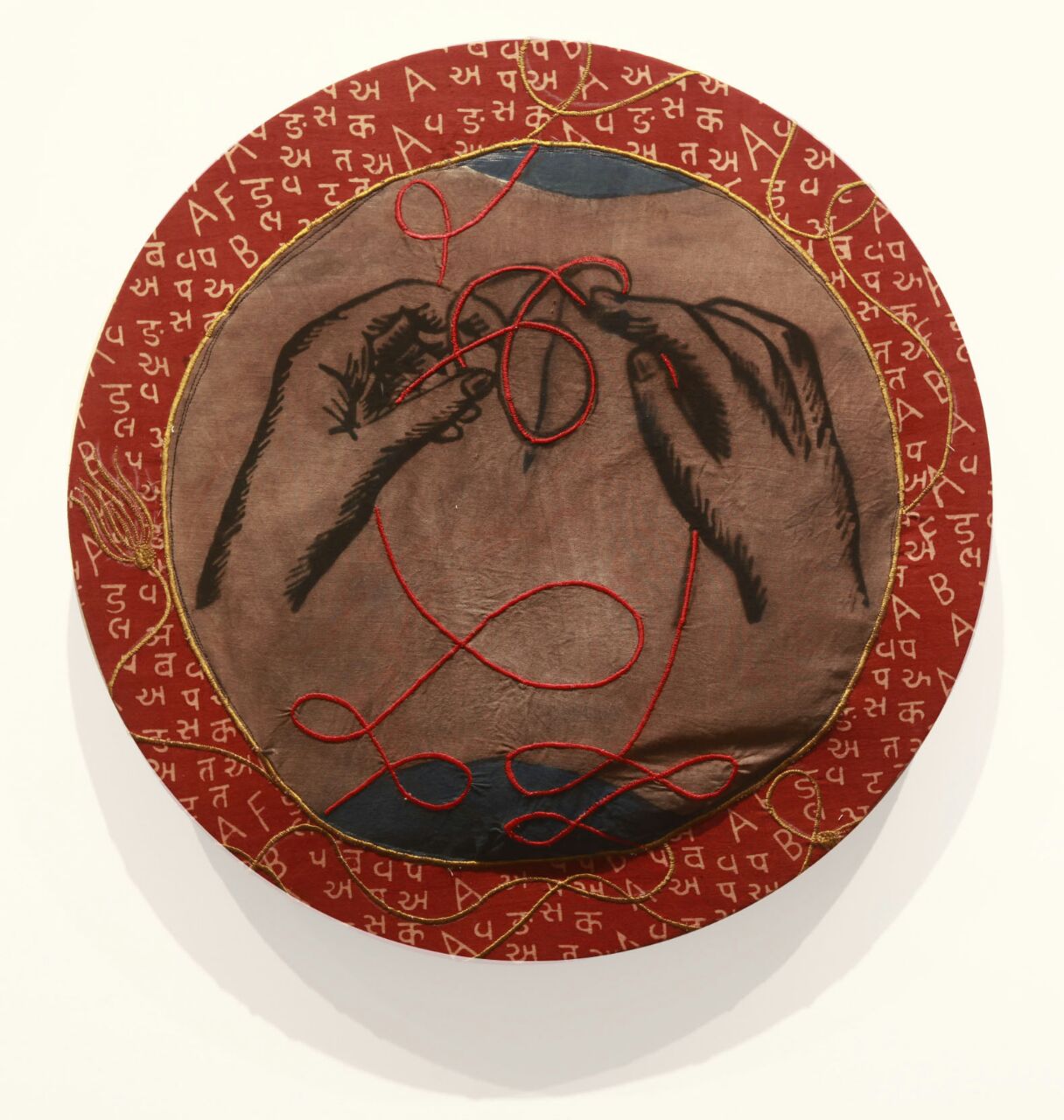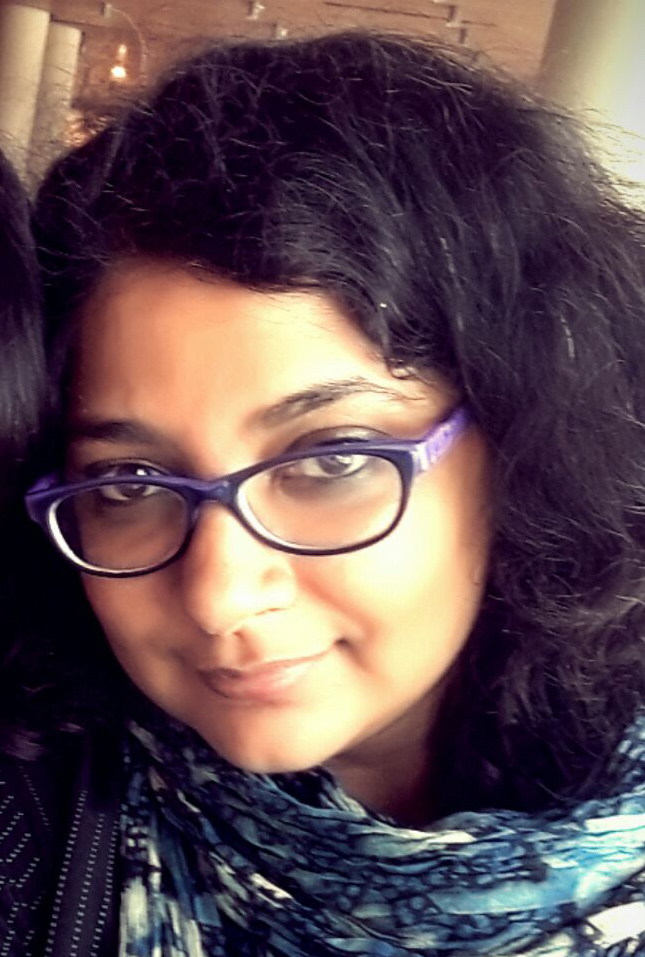
Artist Lavanya Mani will lead a workshop Oct. 13-16 that offers a hands-on exploration of the traditional techniques of kalamkari and block printing and their contemporary adaptation as studio practices.
Kalamkari is a traditional Indian drawing, printing and dyeing process that is the basis of what is now called chintz. Mani will discuss how kalamkari was made traditionally and how it can be adapted for studio practice today. The workshop will combine lecture, demonstrations and individual student application of the process.
Mani is a textile artist based in Baroda, India. She works with textiles and natural dyes, incorporating traditional dyeing and printing, hand and machine embroidery, appliqué and cyanotype processes. Kalamkari, with its similarity to painting, is an essential element of her process. Her work has been shown in museum exhibitions including “The Fabric of India” at the Victoria and Albert Museum in London in 2015, and the Kochi Muziris Biennale at Aspinwall House in Fort Kochi, India, in 2014.
Mani’s workshop, presented by the Nebraska Fiberarts Initiative, a program of the Department of Textiles, Merchandising and Fashion Design, will discuss key steps in the process and explain their importance. Mani will introduce participants to the procedures and techniques of preparing the fabric to receive the dye, beginning with fabric selection and moving on to the scouring process and pre-treating the fabrics with mordants. Students will create a booklet with illustrations of each step so they can annotate it as Mani demonstrates and discusses the various stages. In addition, students will make their own original work based on their drawings or from a selection of images of traditional designs that the artist will provide. The artist will spotlight the critical steps in the sequence of mordanting, dyeing, washing, re-mordanting and dyeing yet again, to provide participants with a solid background in this ancient process.
Mani will bring traditional dye and mordant ingredients from India for the workshop. These are also available in the United States from a variety of vendors. Students will learn how to draw the black outline, a hallmark of kalamkari, using a solution made of iron and jaggery (sugar). Students will experience how various mordants affect the dye’s color, and they will create their own shade cards to show these variations of different dye and mordant combinations.
To register for the workshop, click here.
For more information, contact the Department of Textiles, Merchandising and Fashion Design at 402-472-2911 or sreeder1@unl.edu.










